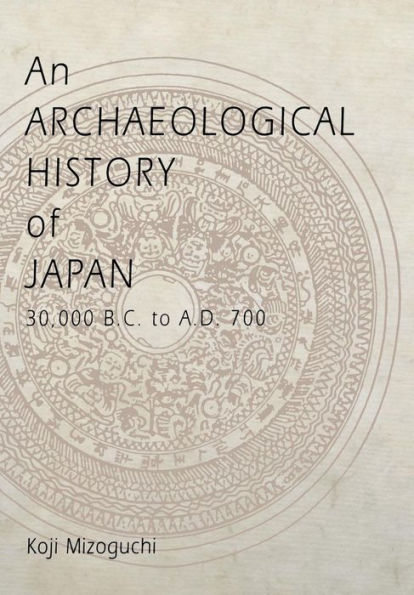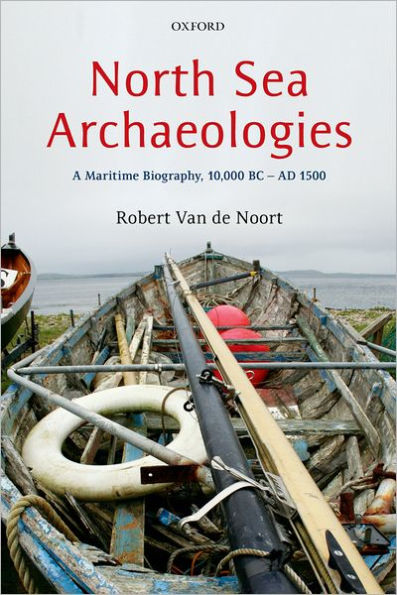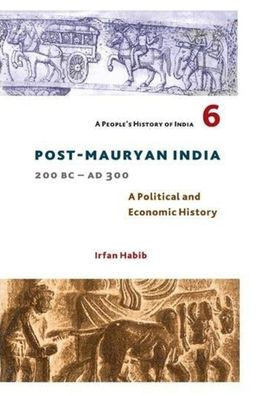Home
An Archaeological History of Japan, 30,000 B.C. to A.D. 700
Barnes and Noble
Loading Inventory...
An Archaeological History of Japan, 30,000 B.C. to A.D. 700 in Franklin, TN
Current price: $79.95

Barnes and Noble
An Archaeological History of Japan, 30,000 B.C. to A.D. 700 in Franklin, TN
Current price: $79.95
Loading Inventory...
Size: OS
A notion widely shared among the Japanese is that a unique culture has existed uninterrupted on the archipelago since the first human settlements more than 30,000 years ago. The idea of a continuous shared Japanese culture, often described as "Japanese-ness," is epitomized by material items ranging from Zen Buddhist stone gardens and tea ceremony equipment to such archaeological artifacts as the prehistoric Jomon clay figurines.
An Archaeological History of Japan
challenges this notion by critically examining archaeological evidence as well as the way it has been interpreted.
By combining techniques of traditional archaeological investigation with the tools of contemporary critical sociological and anthropological theory,
reveals the contingent, reflexive nature of how the prehistoric inhabitants of the Japanese islands identified themselves as they mapped their social and cultural environment. Koji Mizoguchi demonstrates that this process of self-identification underwent transformations as societies and technology changed, indicating that there is no intrinsic connection binding present-day Japanese with people of the past.
An Archaeological History of Japan
challenges this notion by critically examining archaeological evidence as well as the way it has been interpreted.
By combining techniques of traditional archaeological investigation with the tools of contemporary critical sociological and anthropological theory,
reveals the contingent, reflexive nature of how the prehistoric inhabitants of the Japanese islands identified themselves as they mapped their social and cultural environment. Koji Mizoguchi demonstrates that this process of self-identification underwent transformations as societies and technology changed, indicating that there is no intrinsic connection binding present-day Japanese with people of the past.
A notion widely shared among the Japanese is that a unique culture has existed uninterrupted on the archipelago since the first human settlements more than 30,000 years ago. The idea of a continuous shared Japanese culture, often described as "Japanese-ness," is epitomized by material items ranging from Zen Buddhist stone gardens and tea ceremony equipment to such archaeological artifacts as the prehistoric Jomon clay figurines.
An Archaeological History of Japan
challenges this notion by critically examining archaeological evidence as well as the way it has been interpreted.
By combining techniques of traditional archaeological investigation with the tools of contemporary critical sociological and anthropological theory,
reveals the contingent, reflexive nature of how the prehistoric inhabitants of the Japanese islands identified themselves as they mapped their social and cultural environment. Koji Mizoguchi demonstrates that this process of self-identification underwent transformations as societies and technology changed, indicating that there is no intrinsic connection binding present-day Japanese with people of the past.
An Archaeological History of Japan
challenges this notion by critically examining archaeological evidence as well as the way it has been interpreted.
By combining techniques of traditional archaeological investigation with the tools of contemporary critical sociological and anthropological theory,
reveals the contingent, reflexive nature of how the prehistoric inhabitants of the Japanese islands identified themselves as they mapped their social and cultural environment. Koji Mizoguchi demonstrates that this process of self-identification underwent transformations as societies and technology changed, indicating that there is no intrinsic connection binding present-day Japanese with people of the past.

















